Newark On Trent, Bridge Street c.1955
Photo ref:
N12032


More about this scene
All survives in Bridge Street, which leads out of the south- east side of the Market Place in the distance. These are Georgian and early 19th- century buildings; the lower pedimented building, Morris's (right), is a two-storey early 19th-century building, despite a 1950s attempt to give it a modern screen. The shop blinds have gone since the 1950s. The taller building at the right-hand corner, early 18th-century, is now G H Porter, 'Provisions', but in 1806-07 this was where Lord Byron's first volumes of poetry were published.
Add to Album
You must be signed in to save to an album
Sign inShare This Photo
Buy a Print
Unframed, Mounted, Framed and Canvas prints in a range of sizes and styles.
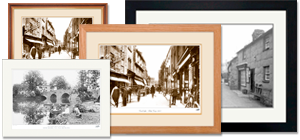
View Sizes & Prices
A Selection of Memories from Newark-on-Trent
For many years now, we've been inviting visitors to our website to add their own memories to share their experiences of life as it was, prompted by the photographs in our archive. Here are some from Newark-on-Trent
Sparked a Memory for you?
If this has sparked a memory, why not share it here?

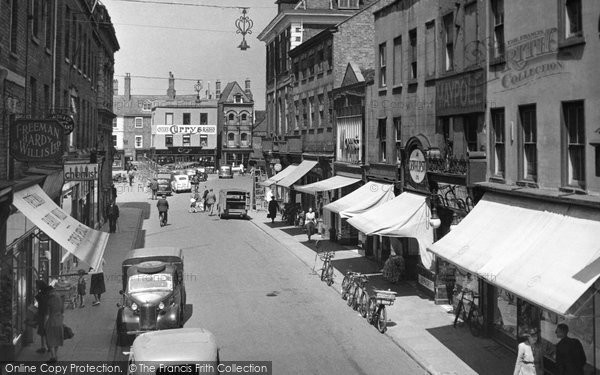
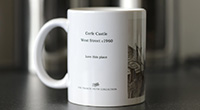
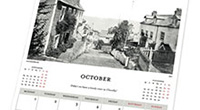
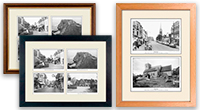
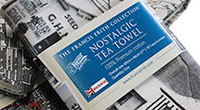

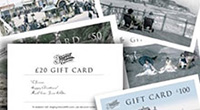
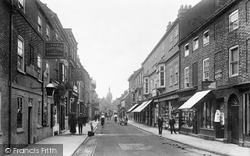
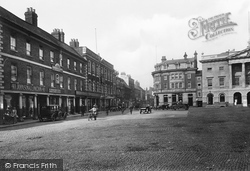
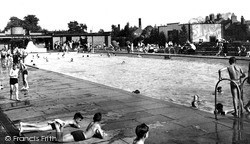
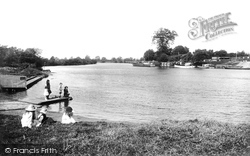
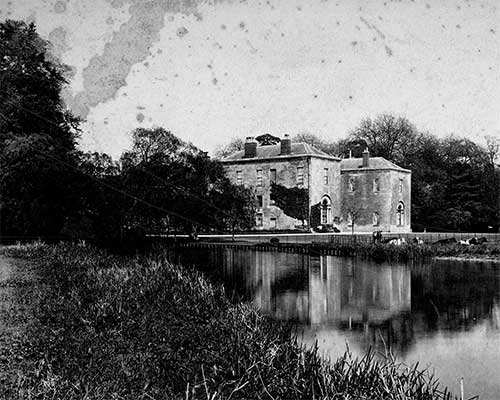 Before
Before
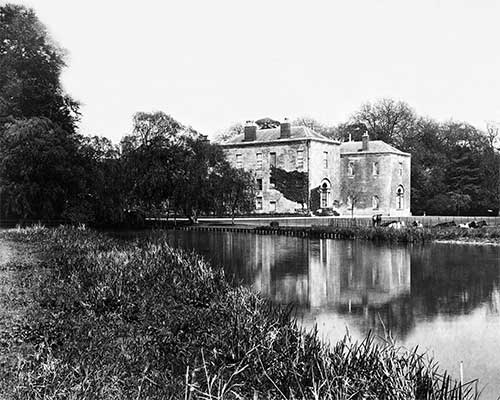 After
After